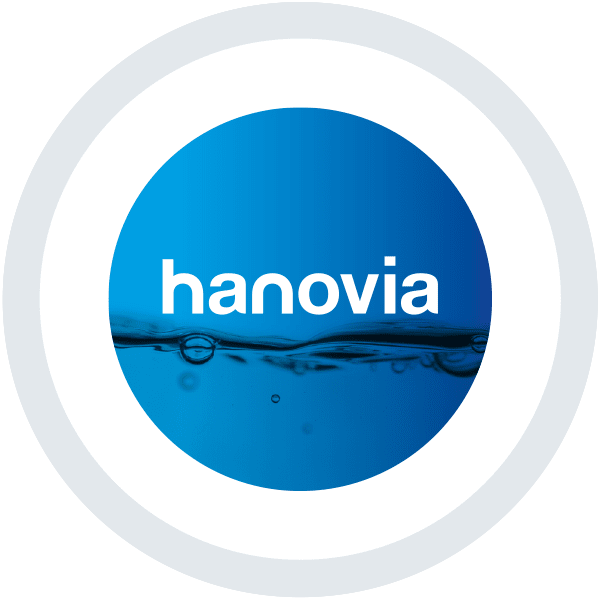UV disinfection system validation: What does it mean?
Dan Shaver, Nov 2017
When a UV disinfection system is recommended to a customer by a manufacturer, there are several different methods that can be used to provide the appropriate sizing. Correct sizing ultimately guarantees the overall performance of the system in terms of an expected log reduction of bacteria, virus or specific target organisms. While all sizing algorithms are dependent on key variables such as flow rate, lamp intensity and water quality, there are differences in how the UV dose is calculated. The UV dose can either be calculated using a theoretical approach, which makes a number of performance assumptions using the manufacturer’s CFD modelling and other system specifications, or it can be based on a fully validated approach. Using a validated model to calculate performance requires the work of a third-party consulting engineer. They must have adequate lab facilities to perform a proper bioassay using the same UV system that is being recommended by the manufacturer.
In the food and beverage industry, there are many customers and applications that require third-party validation of the performance of the UV system and its protection of the customer’s process or ingredient water. While many large corporations or regulatory organizations such as the FDA can call out for third-party validation in a specification, it is likely that the validation will be based on the requirements outlined in the US EPA’s UV Disinfection Guidance Manual (UVDGM). This is recognized as the benchmark for UV system performance in North America.
Performing a complete bioassay for a UV disinfection system involves a few key steps:
- Water samples containing the challenge or surrogate organism are exposed to UV light at a fixed intensity for different amounts of time. The result is a known response of the organism to the UV light, which can be plotted in a graph to show the log inactivation and the corresponding UV dose in mJ/cm2 on a dose performance curve.
- The same challenge organism is exposed to UV light using the UV system being validated, and passed through the system at various flow rates, intensities and degrees of water quality (UV transmittance).
- The results of the organism count at the outlet of the UV system are compared to the organism count at the inlet of the system for each set of test conditions, and the log reduction of the organism is recorded. This log reduction is matched on the UV dose performance curve with the appropriate UV Dose in mJ/cm2.
Based on the validation work completed in the steps above, the third-party consulting engineer can publish an official statement about the validation envelope of the UV system that was tested. The UV dose that is declared by the manufacturer is called a `third-party validated dose’ and is used to meet application requirements where performance must be guaranteed based on actual results.






 沪公网安备 31011202013557号
沪公网安备 31011202013557号